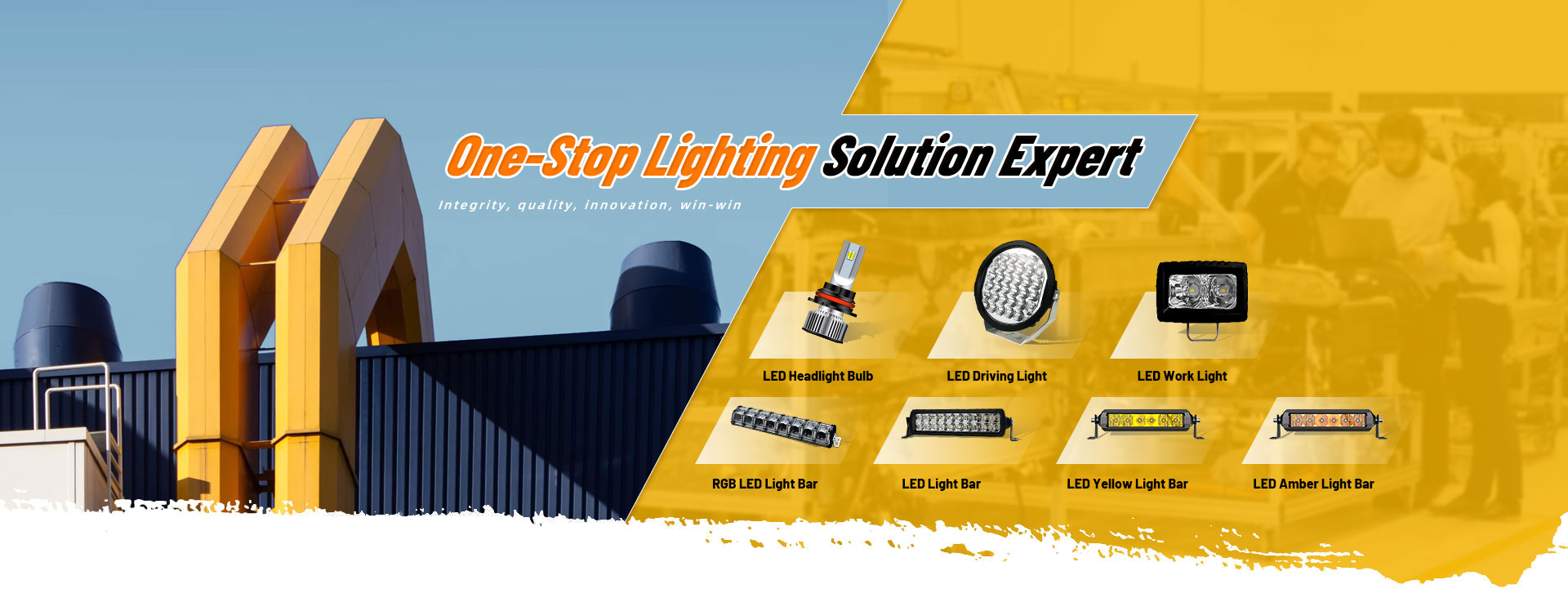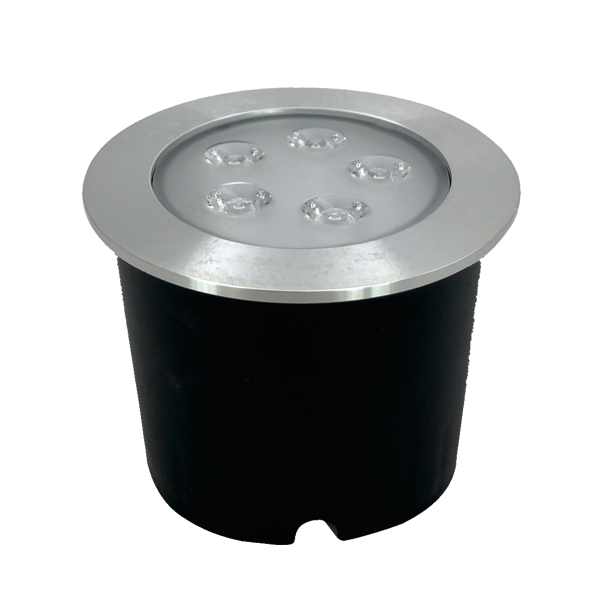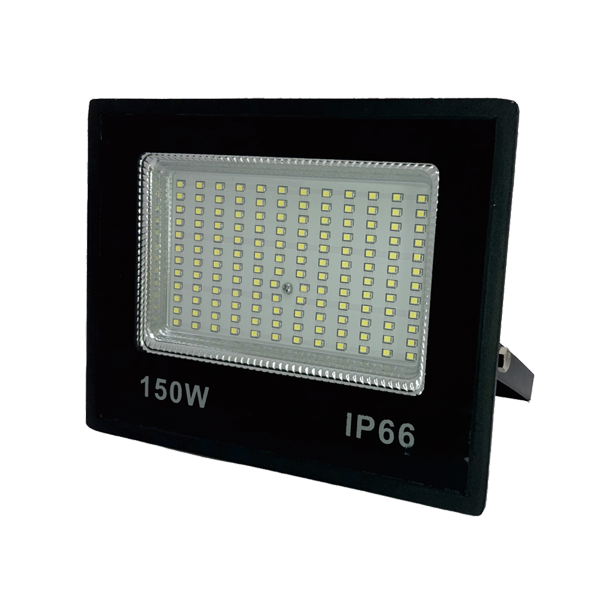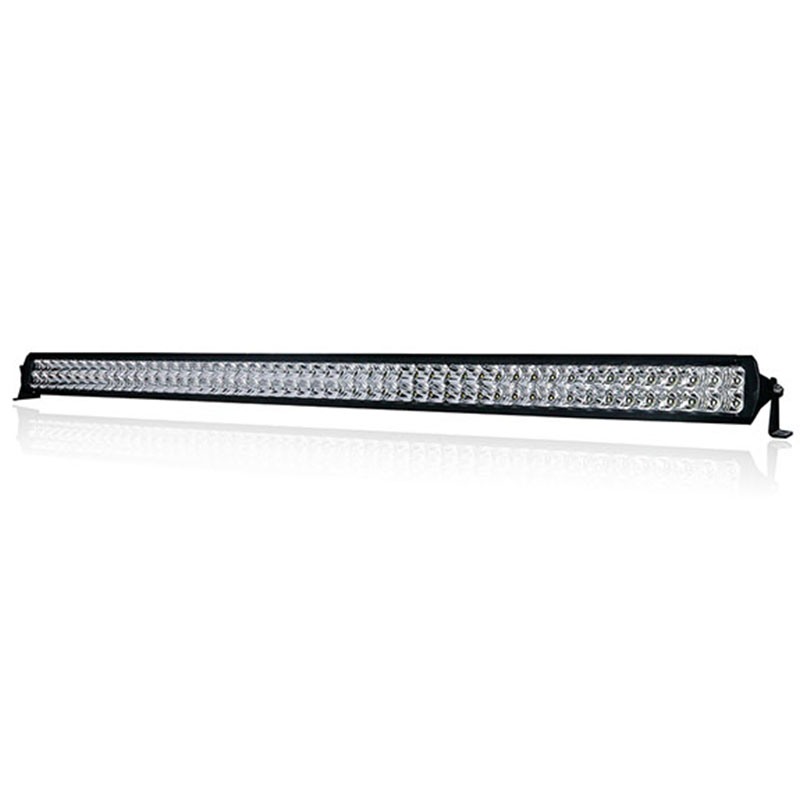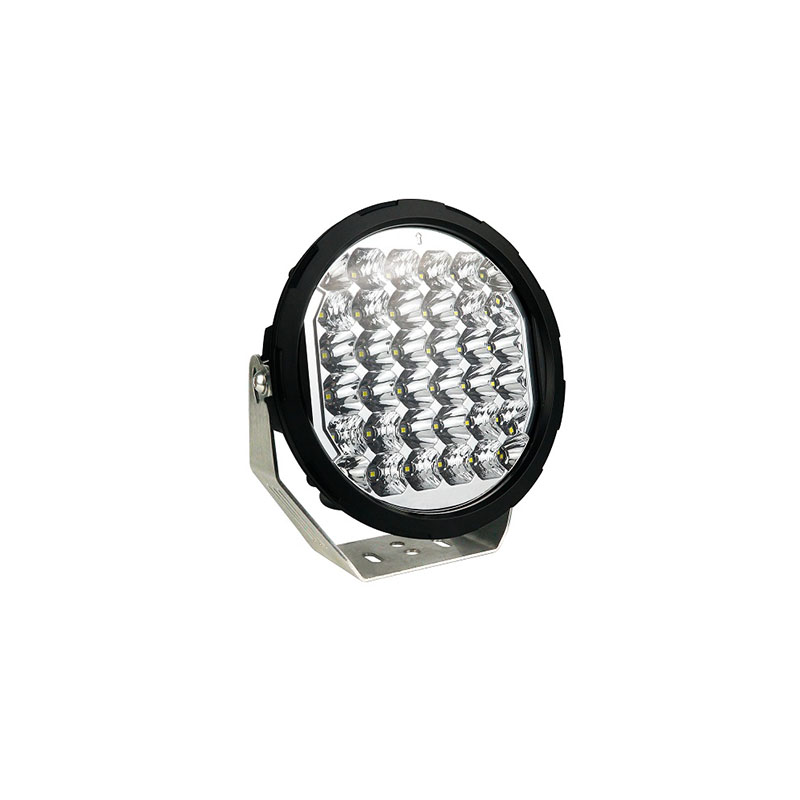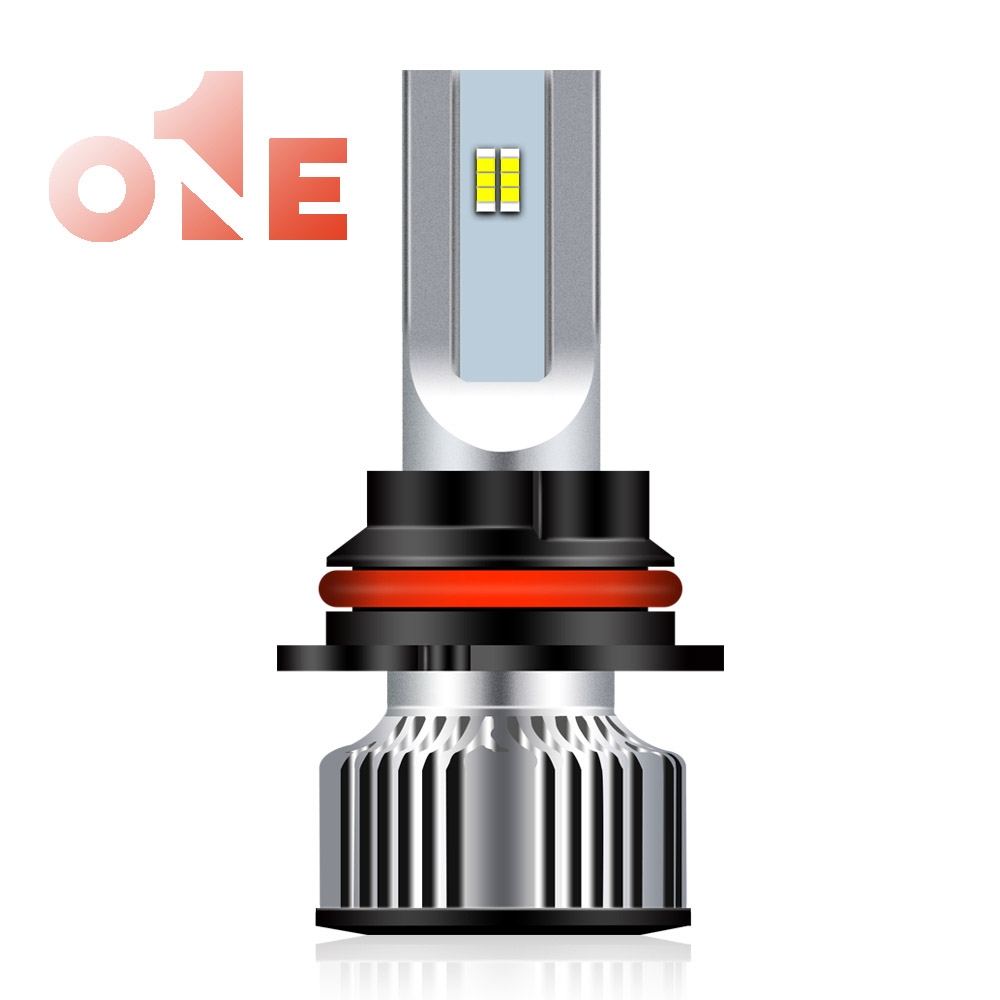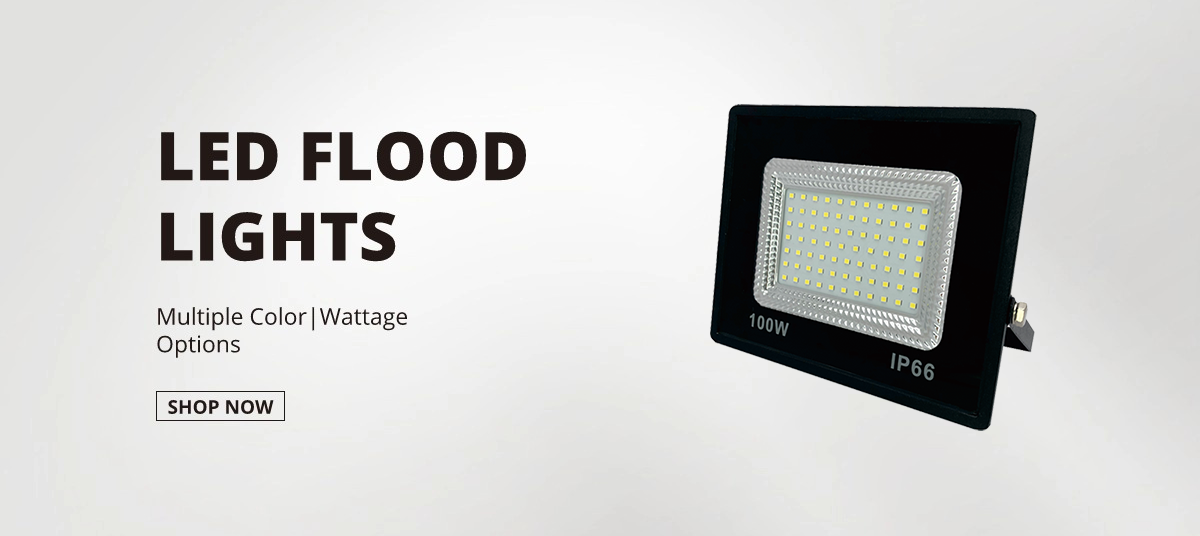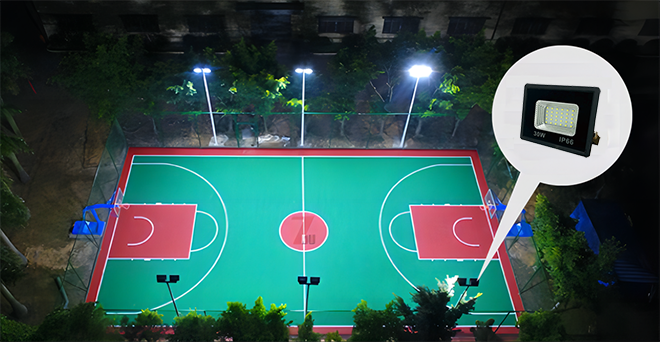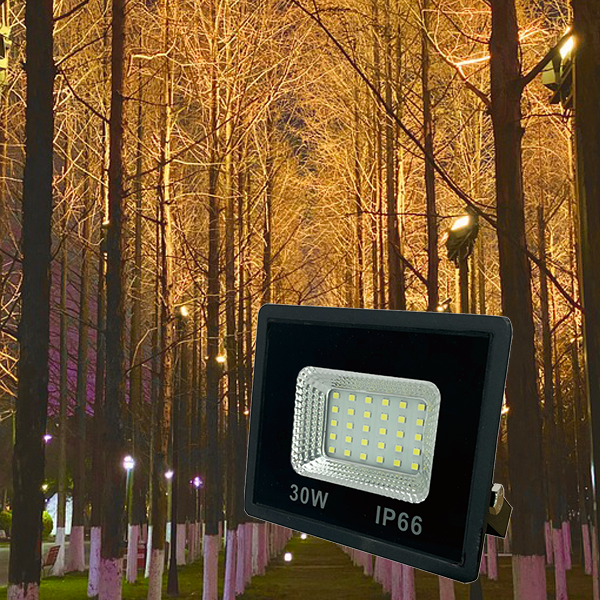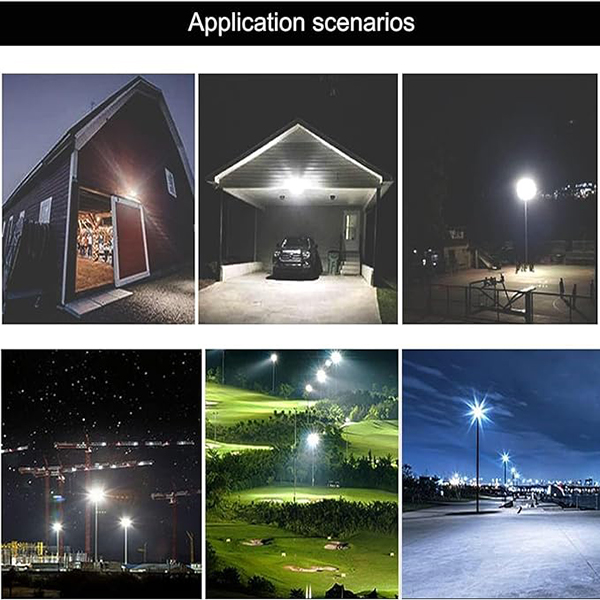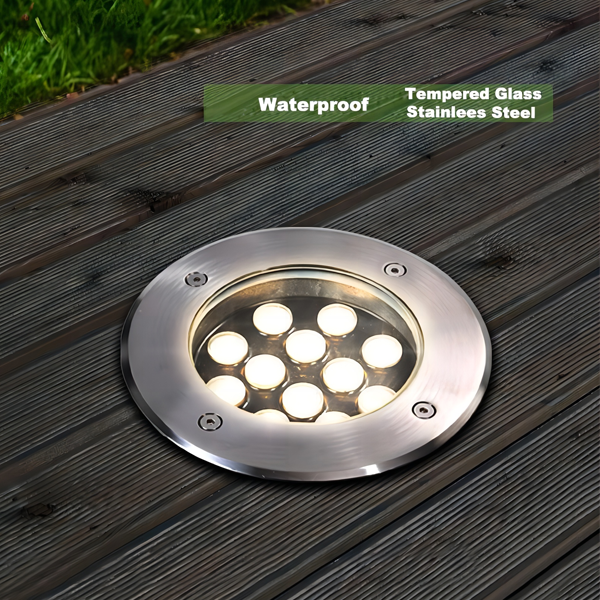Off-Road Lights
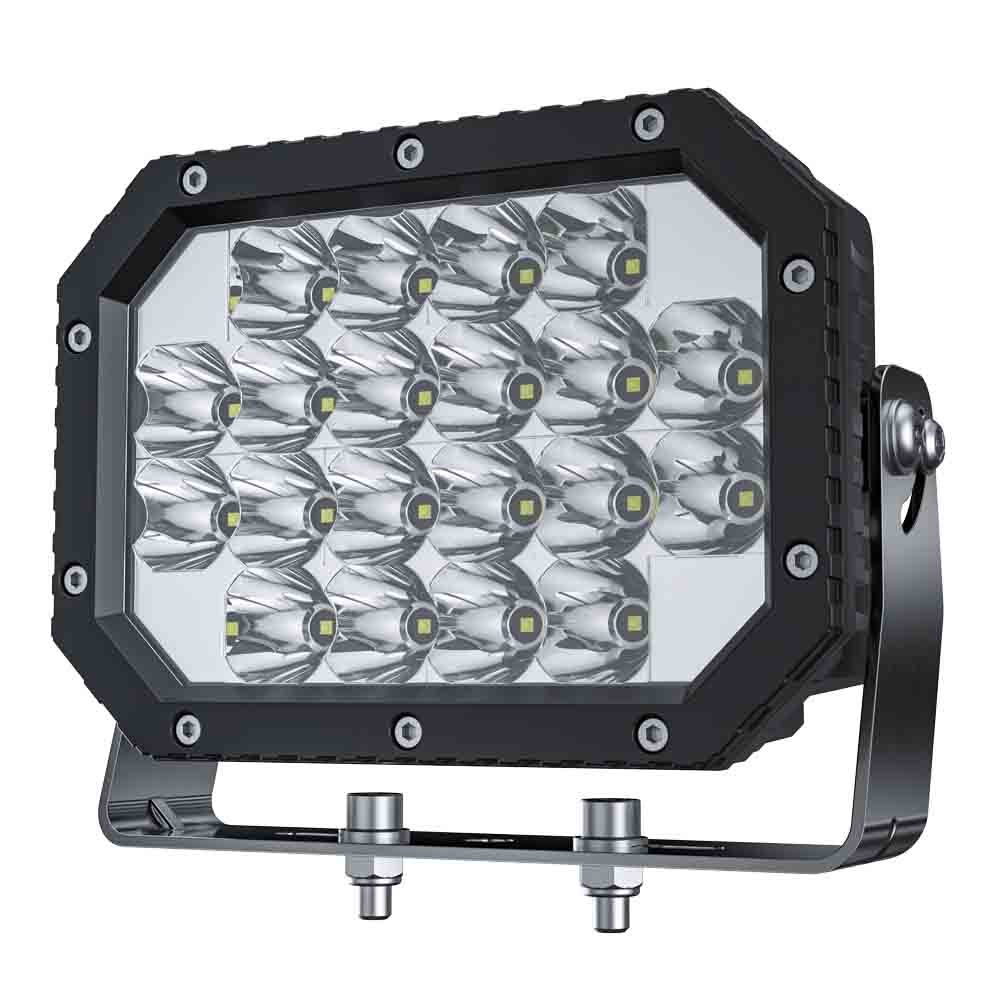
Off-road drivers need bright headlights and taillights to avoid getting into accidents, but they're not required to use a specific type of headlight. Currently, Federal Motor Vehicle Safety Standards limit headlight brightness to 20,000 to 75,000 candelas. Ideally, off-road drivers should choose bulbs that offer 2,000 to 4,000 lumens. However, some models have a higher lumen output than this. There are also other factors that need to be considered, such as the color of the LED bulb. Usually, the most popular LED color is white or blue. However, if the vehicle is used for off-road purposes, it may be safer to avoid colors such as green or pink, as they can be distracting to other drivers.
2,000 to 4,000 lumens
Off-road drivers need a light that has a high lumen output and is durable. For this purpose, LED lights are a good choice. Choose a model with a high lumen output and a white color temperature. The white color is the brightest and won't bother other drivers. However, you may want to consider a different color if you plan to drive on a trail.
LED bulbs for off-road use are specifically designed for this purpose. They produce more light and have higher wattage than regular bulbs. However, they are also very bright and can cause blindness for oncoming motorists. Hence, it is necessary to choose off-road LED bulbs with a 6,000-lumen rating.
Although headlights do not need to be as bright as a standard 20,000-75,000 candelas, it is recommended to have at least two to four thousand lumens. The maximum brightness can vary from state to state, but for the purpose of off-road driving, 2,000 to 4,000 lumens should be sufficient. Moreover, LED bulbs are available in different colors. Usually, a white or blue color is the most common, while a pink or green color can be disruptive to other drivers.
Combo lights combine spotlights and floodlights
Combo lights are a versatile way to enhance the visibility of your off-road vehicle. They combine the best qualities of spotlights and floodlights and offer the best of both worlds. A single spot mounted on the driver's side casts a strong beam over half a mile in front of the driver while the passenger-side floodlight widens the area of view.
Spotlights and floodlights emit light at a wide angle, which is perfect for driving at 20 to 30 miles per hour. Floodlights, on the other hand, can cast a wide area at a low angle, which means you won't need to adjust your headlamp or other lighting to cover a wider area.
Combo lights are available in a variety of sizes and designs. The NW-S9 is the most affordable combination and is available in two heights. Its wide beam allows drivers to see in all directions while cornering. It also has a 42-degree horizontal beam for maximum coverage of the off-road trail. These lights are also available with DT and AMP connectors.
Rock lights
There are several types of off-road lights, and it is important to choose the right ones for your vehicle. Off-road lights come in different sizes and bulb wattages, and some are brighter than others. They should be mounted on a solid mounting surface such as the roof, grill, or bumper.
The lumen output is one of the most important features in an off-road light, but you also need to consider color temperature. The color temperature of light is measured in Kelvin. The traditional incandescent light bulb has a color temperature of 2700K and emits yellowish-orange light, while an LED has a color temperature of 6000K and emits bluish-white light. In order to be effective on the trail, off-road drivers need a light with a high color temperature and high lumen output.
Another important consideration for off-road drivers is cooling. A colder LED emits a bluer light that isn't suitable for off-road driving. Moreover, the blue light can be annoying for other drivers and make night driving more challenging. Also, be aware that LED bulbs are not always certified for road use. Some manufacturers don't provide the quality requirements and fail to pass road-legal certification tests.
KC Off-Road Pro6
If you're planning to use your off-road vehicle in the dark, then you'll need to consider the brightness of your light sources. To ensure maximum brightness, choose off-road lights that offer a range of beam patterns. This includes spot, flood, and combo lights. Besides brightness, consider other factors such as durability and warranty. Off-road lights can be a bit challenging to install, but most manufacturers offer detailed installation guides or even videos to help you get started.
If you plan to use your lights in low-light conditions, you should look for LED or Halogen lights. LED lights tend to be more energy-efficient and produce a higher light output. On the other hand, Halogen lights use more power, but offer better illumination. For example, the Husky HLR 1000 light produces a bright beam of light with a 1200-lumen output. This model comes with mounting brackets and is ideal for off-road use.
While headlights must be bright, they are not required by law to be a specific number of candelas. However, federal motor vehicle safety standards limit headlight brightness to 2,000-4,000 Lumens. The brightness of headlights is also dependent on the wattage of the LED bulbs. Off-road headlights should have at least 100 watts per headlight. However, lower wattage LEDs can also be used.

